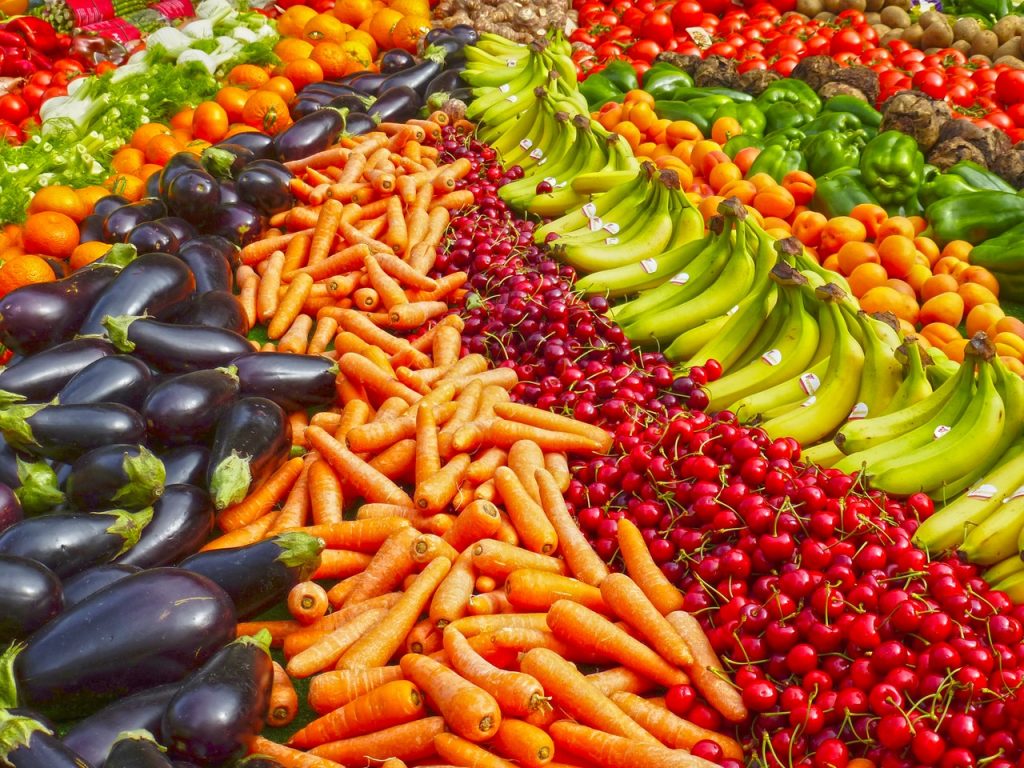What’s Missing from Your Grocery List?
Between microwave meals, midnight pizza runs, and the inevitable second dinner, maintaining a healthy diet in college is certainly difficult—but not impossible. With a busy schedule and shrinking bank account, it can be hard to devote time (and money) to prioritize eating your veggies. This is why we talked to three Registered Dietitians to get their take on eating healthy in college—beginning with the grocery list.
Shop frozen fruits and veggies
Fresh fruits and vegetables can be expensive, and they also come with an unwanted deadline. To save time and money on frequent grocery trips and wasted food, Registered Dietitian Nutritionist Jenna Gorhamrd recommends taking a walk down the frozen aisle for your basic fruits and veggies. “Frozen fruits and veggies are another great option to keep on hand,” says Jenna. “They’re just as nutritious as fresh produce but last longer.” And, if you’re losing space in the freezer, canned fruits and vegetables are also a low-commitment way of getting your five servings a day.
Prepare with Pinterest
When it comes to finding easy recipes, Pinterest is your best friend. Jenny Dang, Registered Dietitian and blogger of “Nutrition with Jenny,” recommends using Pinterest to help formulate your weekly grocery list. Whether you’re working with a full kitchen or a simple microwave, it’s a quick way to search for easy (and cheap) healthy meals. However, your grocery list shouldn’t just be ingredients for your latest Pinterest finds. It should also include smaller items for mixing and matching with your meals or for snacking on their own. “For example, bananas can be eaten with oatmeal, cereal, or toast for breakfast, or [they] can be easily carried in your bag and eaten as a snack in between classes,” says Jenny.
Buy bulk
Eating healthy doesn’t have to be expensive as long as you’re prepared to use your math skills for some quick in store calculations. When it comes to grocery shopping, Jenny’s a huge proponent of buying in bulk. “Bulk items are often cheaper, especially when you compare the unit prices of items,” says Jenny. “For example, a 6-oz container of greek yogurt may be listed as $1, but the unit price is listed as $0.17 per ounce. ($1/6 oz = $0.17). A 32-ounce container of yogurt may be priced as $3.99, but the unit price is $0.12 per ounce. ($3.99/32 oz = $0.12) So, the 32-ounce container of yogurt offers more for your money.”
Skip the beverages
No, we’re not just talking alcoholic beverages. Think soda, energy drinks, and basically anything that’s packed with extra sugar. Even drinks typically labeled “healthy” may spike your sugar intake a little more than recommended. Registered Dietitian Rebecca Kerkenbush, who is a Clinical Dietitian-Advanced Practice and Board Certified Specialist in Gerontological Nutrition at Watertown Regional Medical Center, has two tips for juice drinkers: make sure your vegetable juice is low sodium and that your fruit juice is 100% real fruit juice. Chances are if you’re questioning the nutritional value of your go-to beverage, it’s probably best to just stick with water.




